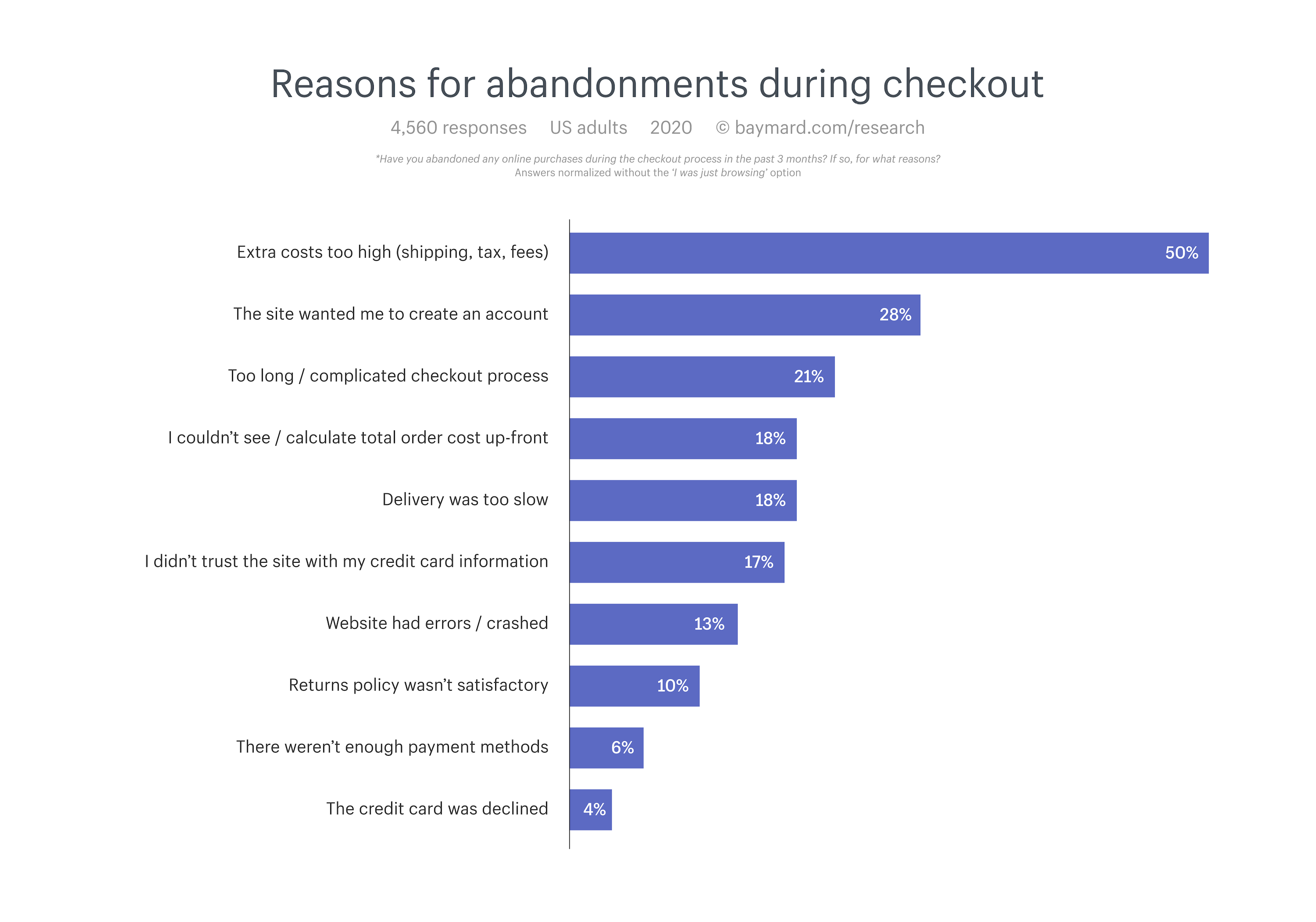
How to ship internationally with AGDC Shipping
AGDC offers merchants in the United States, Canada, and Australia access to discounted rates with USPS, UPS, DHL Express, Canada Post, and Sendle so you’re already set up to compare their rates.
When you purchase international shipping labels through AGDC Shipping, the correct customs forms and documentation are automatically generated for you and can be printed on any standard printer. When you use DHL Express to ship from the US, this documentation is electronically transmitted to customs–no additional paperwork is necessary.
When you’re ready to get your shipments out the door, you also have the option to schedule a free or discounted pickup for any UPS, DHL Express, or Sendle shipment or link out to schedule one directly with USPS.
When considering which shipping carriers you may use, there are four factors to consider.
Costs
Using multiple carriers is one way to reduce your shipping costs.
Postal carriers are often more affordable, but may not offer many options for package types and speeds. Express carriers tend to be faster, can accommodate heavier or larger packages, and provide more service options, but can be more expensive.
Do your research and price out postal, regional, and express carrier options. We’ll cover how to charge for international shipping below, but it’s good to know what’s available for your international shipping strategy.
Delivery options
Some customers will want their purchases right away, and others will be more willing to wait.
To best serve your customers, offer a good mix of delivery options. Providing a range of choices gives them the option to balance the tradeoff between timeline and price, and that might be the difference between a sale and an abandoned cart.
Tracking and insurance
Most carriers provide shipment tracking, so you and your customers can easily see up-to-date shipment statuses. You can also add ePacket tracking to give customers end-to-end tracking options.
If you’re worried about a package becoming lost or damaged, insuring your shipments is the way to go.
Insurance is offered by most global express carriers and if it isn’t automatically included in the cost of shipping, it’s relatively affordable and straightforward to add.
If you are a merchants in the US, you can add Shipsurance shipping insurance to any shipment, regardless of shipping method or order destination.
When using postal carriers like USPS or Canada Post, some shipping services are available that include insurance in the price of shipping. You can use mail classes like Priority Mail International and Priority Mail Express International for USPS or Priority Worldwide, Xpresspost – USA, or Xpresspost – International for Canada Post, to get automatic coverage. You can always pay for coverage using a different shipping service—usually a few dollars per $100 USD of declared value.
Whatever you choose, consider adding insurance to any package over $200 being shipped to another country. Doing so will add some peace of mind to both you and your customer.
Be transparent about fees
This might be the most important part of any international shipping strategy: Be as transparent and communicative as possible with your customers about shipping costs. Don’t surprise your customers with an unexpected total cost at checkout.
According to the Baymard Institute, nearly 50% of the cart abandonment they surveyed on ecommerce sites in 2020 was due, in part, to extra shipping fees and costs:

Our own research studies how customer trust develops during the purchase journey of shoppers who buy from a new online store. The study reveals that when shipping internationally, a store’s shipping policy that clearly states who pays duties and taxes is a must-have to build trust and win a sale with a brand new shopper.
One place you can communicate these costs is on your policy pages. Clearly lay out how and where you ship products internationally, and what costs may be associated.
You can also do something as simple as adding flags to your top navigation to show your shipping availability, like Pure Cycles did here.

Letting your customers know where you deliver to doesn’t have to just be about costs. A tool like the Free Shipping & Hello Bar can help you promote your shipping and rates to a global audience.
It’s best to use all options available to communicate shipping costs—or potential costs—to a customer, whether it’s on your homepage, product page, or on a policy page. It’ll set expectations for you both, which can help give the customer added confidence to complete their purchase.
